Flippy can cook 19 items, including Impossible Burgers, chicken wings, and hash browns, replacing the need for staff to do so.
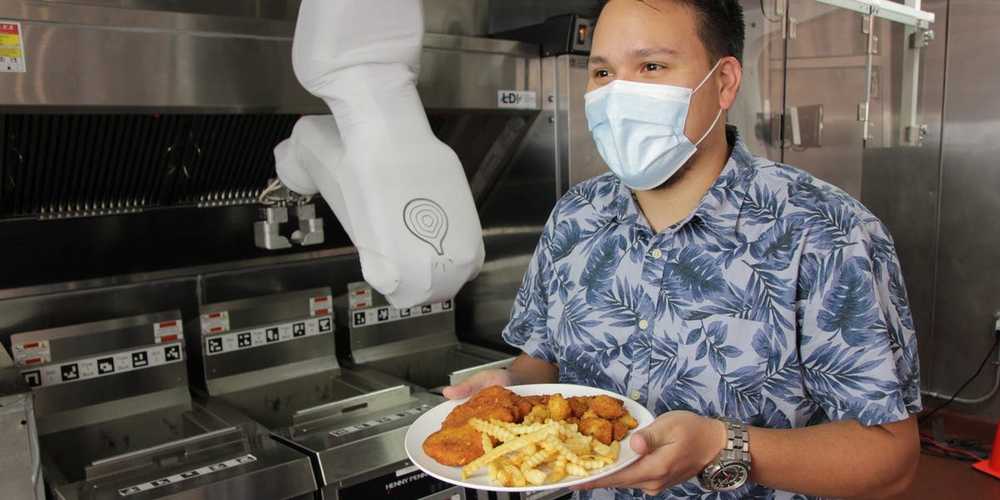

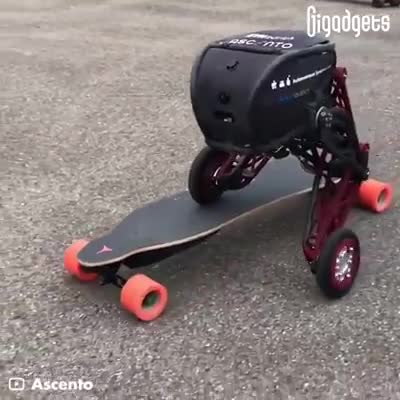

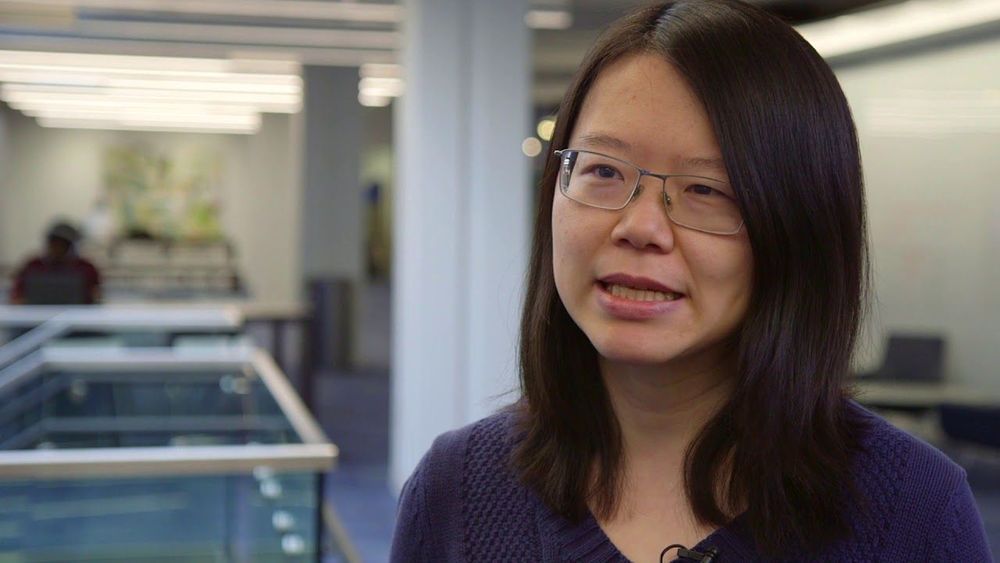
Hang bugs—when software gets stuck, but doesn’t crash—can frustrate both users and programmers, taking weeks for companies to identify and fix. Now researchers from North Carolina State University have developed software that can spot and fix the problems in seconds.
“Many of us have experience with hang bugs—think of a time when you were on website and the wheel just kept spinning and spinning,” says Helen Gu, co-author of a paper on the work and a professor of computer science at NC State. “Because these bugs don’t crash the program, they’re hard to detect. But they can frustrate or drive away customers and hurt a company’s bottom line.”
With that in mind, Gu and her collaborators developed an automated program, called HangFix, that can detect hang bugs, diagnose the relevant problem, and apply a patch that corrects the root cause of the error.
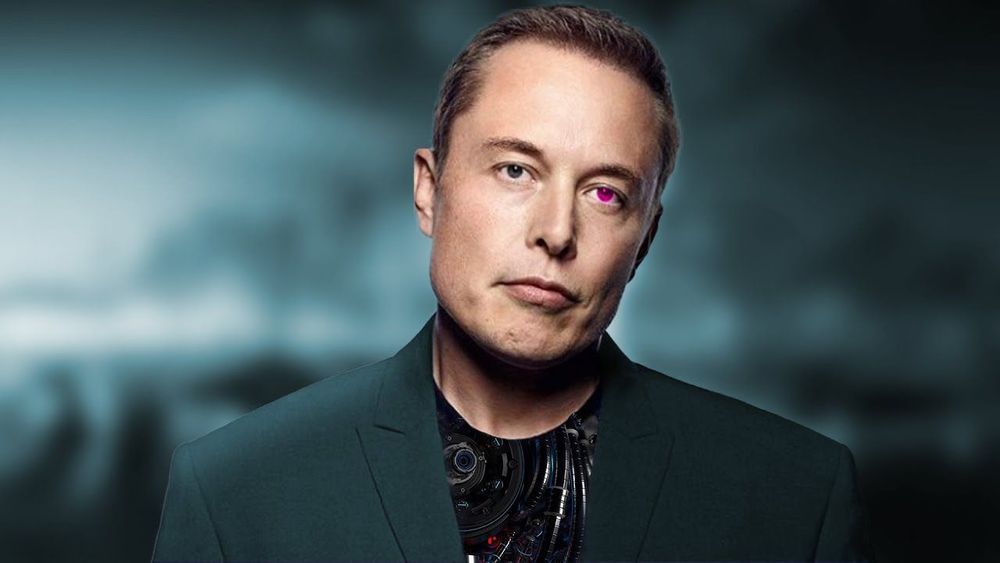
Elon Musk has warned many times about the dangers of AI. He sees strong artificial intelligence as an existential risk. Musk therefore wants to develop a brain machine interface or BMI device so we can merge with AI and hopefully develop a symbiotic relationship with artificial intelligence thus solve the AI control problem. Elon Musk has founded the neurotechnology company Neuralink. the company is focused on developing implantable brain machine interfaces. Neuralink has made recent headlines for its newest BMI device presented by Elon Musk.
In the short term, Neuralink’s BMI may be used to fix neurological problems and disorders. As Elon Musk has pointed out, over time, virtually everyone who gets old will suffer at least one if not multiple common neurological issues such as: Memory loss, hearing loss, seizures, strokes, brain damage etc.
With the development of Neuralink’s device, these problems may be a thing of the past. Better yet, the integration of Neuralink’s device with the human brain may advertently solve the artificial intelligence alignment problem by achieving a symbiotic relationship between humans and machines.
This is because there are many cases where an AI and a biological intelligence could benefit from each other’s actions; the AI receiving data from the human brain and the human brain receiving data from the AI. The benefits of this relationship would greatly outweigh the costs to both humans and AI systems; however, it is also very likely that AI systems and biological intelligences will at some point be in conflict.
Elon Musk has commented on the dangers of AI saying it is the greatest risk we face as a civilization. However, in order to prove that Neuralink can solve this problem, two things will need to become clear: how does Neuralink achieve symbiosis with the human brain? And what are the side effects and potential drawbacks of this symbiosis?
#ElonMusk #Neuralink #AI
SUBSCRIBE to our channel “Science Time”: https://www.youtube.com/sciencetime24
SUPPORT us on Patreon: https://www.patreon.com/sciencetime
BUY Science Time Merch: https://teespring.com/science-time-merch
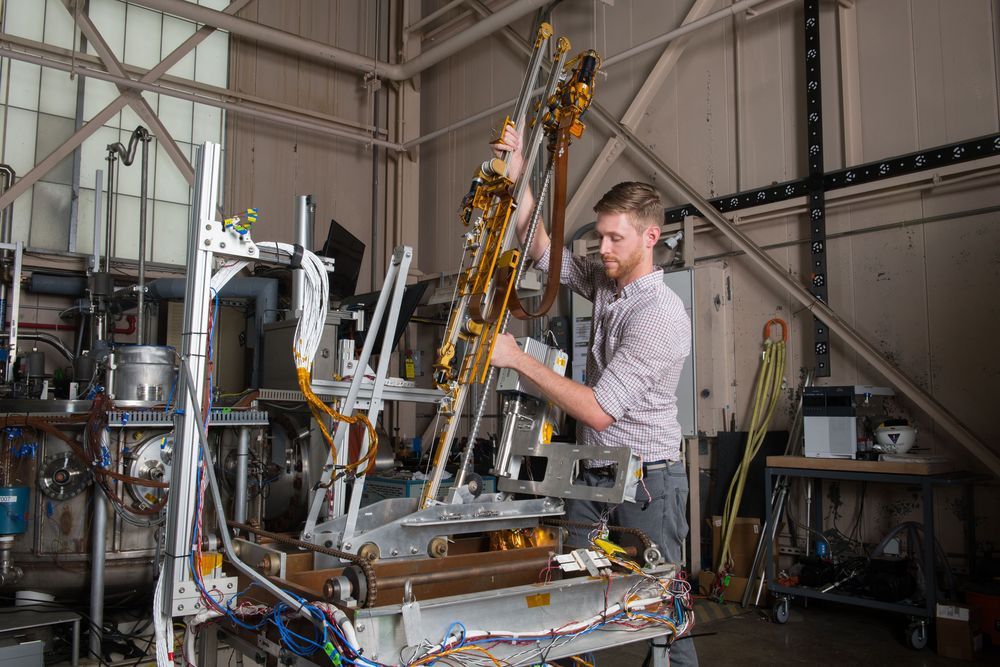
NASA has awarded Intuitive Machines of Houston approximately $47 million to deliver a drill combined with a mass spectrometer to the Moon by December 2022 under the agency’s Commercial Lunar Payload Services initiative. The delivery of the Polar Resources Ice Mining Experiment known as PRIME-1 will help NASA search for ice at the Moon’s South Pole and, for the first time, harvest ice from below the surface.
“We continue to rapidly select vendors from our pool of CLPS vendors to land payloads on the lunar surface, which exemplifies our work to integrate the ingenuity of commercial industry into our efforts at the Moon,” said NASA’s Associate Administrator for Science Thomas Zurbuchen. “The information we’ll gain from PRIME-1 and other science instruments and technology demonstrations we’re sending to the lunar surface will inform our Artemis missions with astronauts and help us better understand how we can build a sustainable lunar presence.”
PRIME-1 will land on the Moon and drill up to 3 feet (approximately 1 meter) below the surface. It will measure with a mass spectrometer how much ice in the sample is lost to sublimation as the ice turns from a solid to a vapor in the vacuum of the lunar environment. Versions of PRIME-1’s drill and the Mass Spectrometer Observing Lunar Operations, or MSolo, will also fly on VIPER, a mobile robot that also will search for ice at the lunar South Pole in 2023. NASA will land the first woman and next man on the Moon’s South Pole the following year.
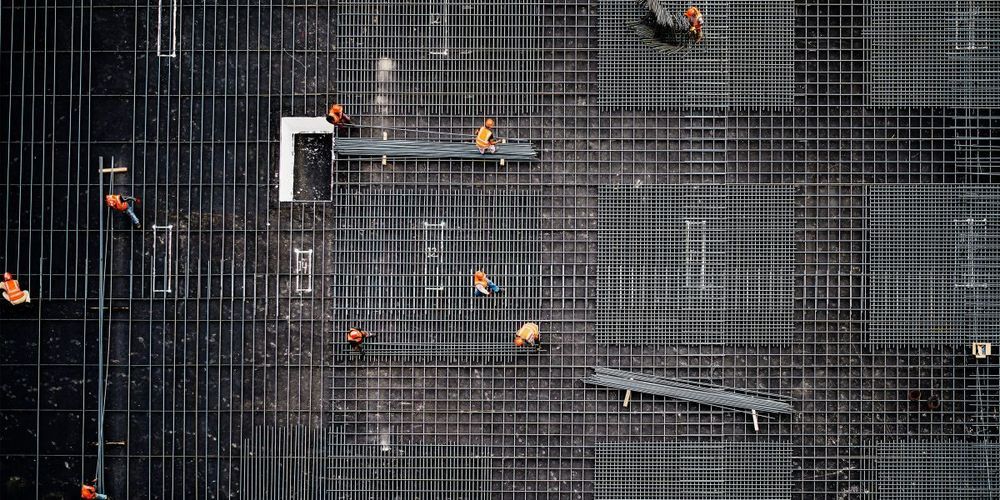
Construction sites are vast jigsaws of people and parts that must be pieced together just so at just the right times. As projects get larger, mistakes and delays get more expensive. The consultancy Mckinsey estimates that on-site mismanagement costs the construction industry $1.6 trillion a year. But typically you might only have five managers overseeing construction of a building with 1,500 rooms, says Roy Danon, founder and CEO of British-Israeli startup Buildots: “There’s no way a human can control that amount of detail.”
Danon thinks that AI can help. Buildots is developing an image recognition system that monitors every detail of an ongoing construction project and flags up delays or errors automatically. It is already being used by two of the biggest building firms in Europe, including UK construction giant Wates in a handful of large residential builds. Construction is essentially a kind of manufacturing, says Danon. If high-tech factories now use AI to manage their processes, why not construction sites?
AI is starting to change various aspects of construction, from design to self-driving diggers. Some companies even provide a kind of overall AI site inspector that matches images taken on site against a digital plan of the building. Now Buildots is making that process easier than ever by using video footage from GoPro cameras mounted on the hard hats of workers.
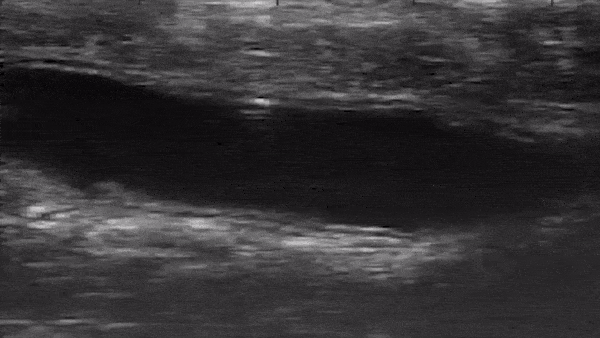
A rectangular robot as tiny as a few human hairs can travel throughout a colon by doing back flips, Purdue University engineers have demonstrated in live animal models.
Why the back flips? Because the goal is to use these robots to transport drugs in humans, whose colons and other organs have rough terrain. Side flips work, too.
Why a back-flipping robot to transport drugs? Getting a drug directly to its target site could remove side effects, such as hair loss or stomach bleeding, that the drug may otherwise cause by interacting with other organs along the way.
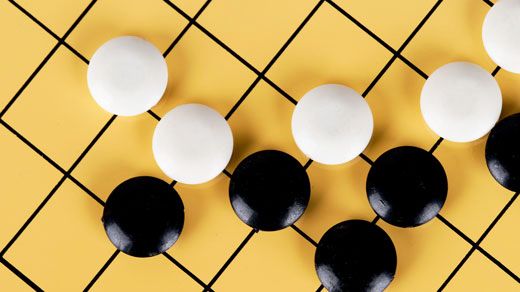
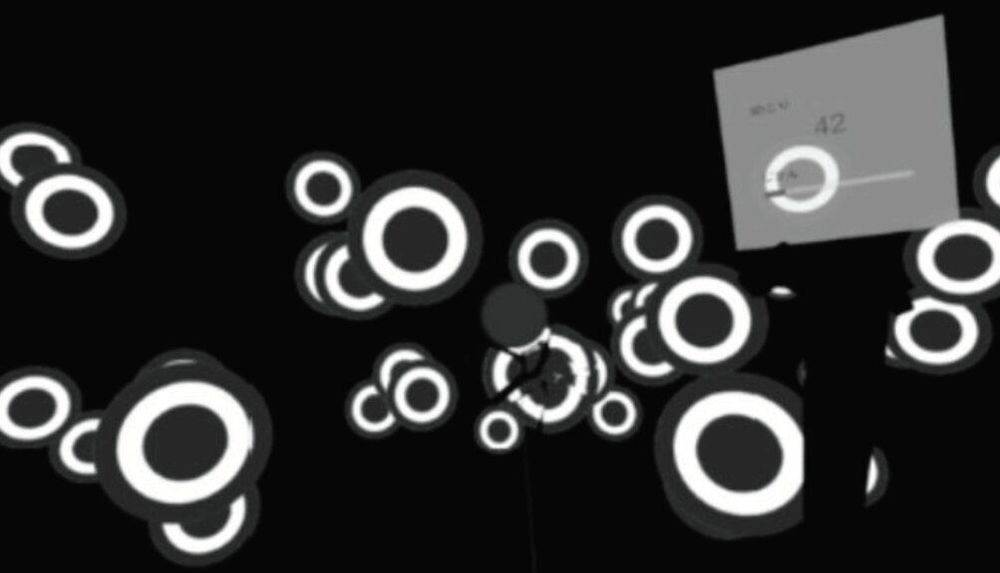
Over the past few decades, technological advances have enabled the development of increasingly sophisticated, immersive and realistic video games. One of the most noteworthy among these advances is virtual reality (VR), which allows users to experience games or other simulated environments as if they were actually navigating them, via the use of electronic wearable devices.
Most existing VR systems primarily focus on the sense of vision, using headsets that allow users to see what is happening in a game or in another simulated environment right before their eyes, rather than on a screen placed in front of them. While this can lead to highly engaging visual experiences, these experiences are not always matched by other types of sensory inputs.
Researchers at Nagoya University’s School of Informatics in Japan have recently created a new VR game that integrates immersive audiovisual experiences with tactile perception. This game, presented in a paper published in the Journal of Robotics, Networking and Artificial Life, uses a player’s biometric data to create a spherical object in the VR space that beats in alignment with his/her heart. The player can thus perceive the beating of his/her heart via this object visually, auditorily and tactually.